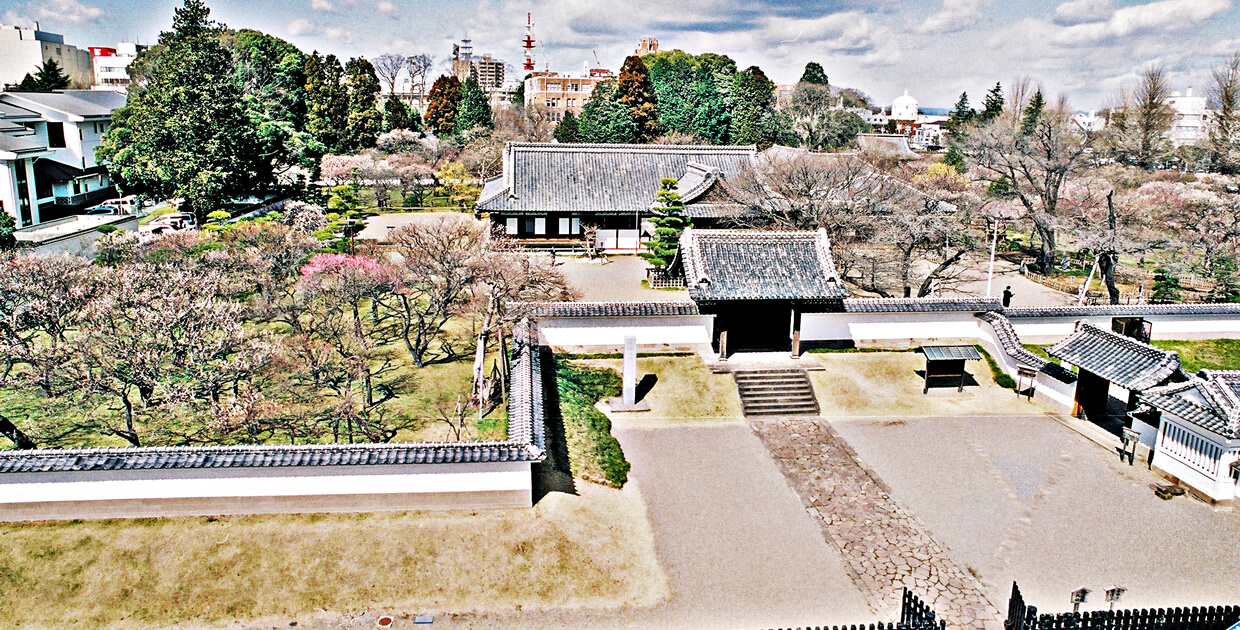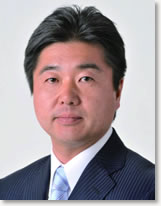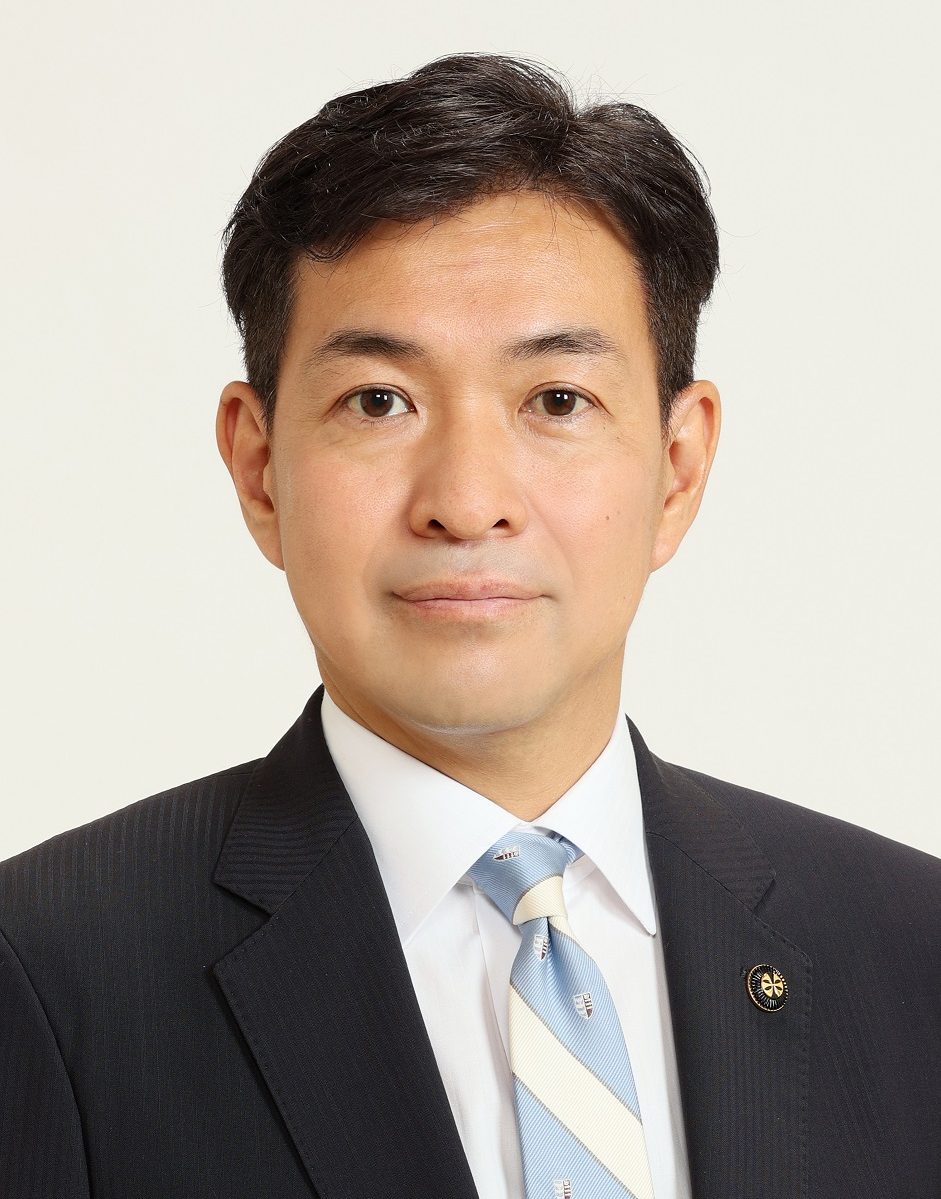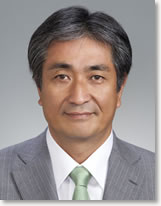

Japan had a world-class educational system during the early modern period, and many foreign visitors were amazed at how well its citizenry were able to read and write. Quality education was one of the major factors that made Japan the first Asian country to achieve modernization in the years following the Meiji Restoration.
In light of these groundbreaking events in the history of world education, the four cities that make up the council—Mito in Ibaraki, Ashikaga in Tochigi, Bizen in Okayama, and Hita in Oita—are pushing for the inclusion of the Kodokan, Ashikaga Gakko, Shizutani Gakko, Kangien, and other key locations representing Japan’s educational heritage on the list of World Heritage sites.
World Heritage Inscription Council for the Early Modern Japanese Educational Sites is a transregional project spanning multiple prefectures, their scattered points of cultural heritage linked together under a common theme. It is the first of its kind in Japan, bringing together key players in industry, government, and academia to further enrich its collaborative nature.
The council was established in order to bring together insights from various fields and do everything we can to get our educational heritage—a source of local pride—recognized as a new kind of world heritage that is well-regarded both in Japan and abroad. As we continue to strive after our goal, we eagerly ask for your support as well.

Learning is a universal cultural activity that developed long ago and in all parts of the world. The spirit of scholarship and learning that the Japanese people treasure to this day laid the foundation for the development of the early modern period. Fortunately, many of the schools and educational heritage sites that laid the groundwork for our modern practices still remain today.
The council seeks to clearly define the value that these numerous educational heritage sites possess, particularly the key sites of the Kodokan in Mito, Shizutani Gakko in Bizen, Kangien in Hita, and Ashikaga Gakko in Ashikaga, and working hand-in-hand with local governments to get them registered as World Heritage sites. This requires that we clearly demonstrate the outstanding universal value of these sites, something we are convinced we can achieve if we show the value and key features of the world-acclaimed Educational Heritage of Early Modern Japan through studies and research guided by academic specialists.
I hope that these pages will enrich your understanding of the value of Japan’s educational heritage and familiarize you with our various council activities.

Bizen joined the World Heritage Inscription Council for the Early Modern Japanese Educational Sites in May 2015, joining the cities of Mito, Ashikaga, and Hita in promoting our world-class cultural heritage.
Bizen already has extensive experience in private-public partnerships, and continues to carry out specialized research in education, construction, and a variety of other fields. Now, we’re turning our attention to getting the former Shizutani Gakko registered as a World Heritage site on the basis of its importance to learning. Our comprehensive municipal plan even defines our ideal image of Bizen as an “educational town” both historical and modern—a seat of learning where Shizutani Gakko was founded. To that end, we’re working on city planning initiatives that promote the former Shizutani Gakko as a symbol of our town and the essence of our municipal character.
The educational heritage sites in our four cities were recognized as the first official Heritage of Japan, and just recently, Bizen got Bizen ware (bizen-yaki) also recognized under the Kitto Koisuru Rokkoyo project commemorating Japan’s Six Ancient Kilns. Shizutani Gakko is actually counted among the sites representing this cultural heritage as well, so we’re looking to leverage this fact as we work towards its inclusion in the World Heritage List and are eager to lend our efforts to the promotional work being done by everyone on the council.

Education is a universal activity shared by all people in all civilizations, its importance recognized the world over. Here in Japan, high educational standards during the Edo period—and our high literacy rate in particular—are thought to have helped us modernize rapidly during the Meiji era.
The four cities of Mito, Ashikaga, Bizen, and Hita set up the World Heritage Inscription Council for the Early Modern Japanese Educational Sites for the purpose of carrying out a variety of collaborative, transregional initiatives aimed at getting the educational heritage of Japan registered as a World Heritage site. The Kodokan in Mito, Ashikaga Gakko in Ashikaga, Shizutani Gakko in Bizen, and Kangien in Hita each demonstrate the diversity of educational practices in Japan during the early modern era, and thus represent key locations in our nation’s educational heritage.
As we work to get these sites inscribed on the World Heritage List, it is essential that local people and industry players join our team in addition to government agencies and academic experts. Under the guidance of scholars and with the support of the citizens, we will continue to take action towards getting Japan’s invaluable educational treasures—a source of local pride—included among the great World Heritage sites of the world.
I hope the information presented here will give you a good understanding of what the council is all about while helping you see the value and significance of Japan’s educational heritage. Thank you again for your support.
Copyright©2025 World Heritage Inscription Council for the Early Modern Japanese Educational Sites. All rights reserved.